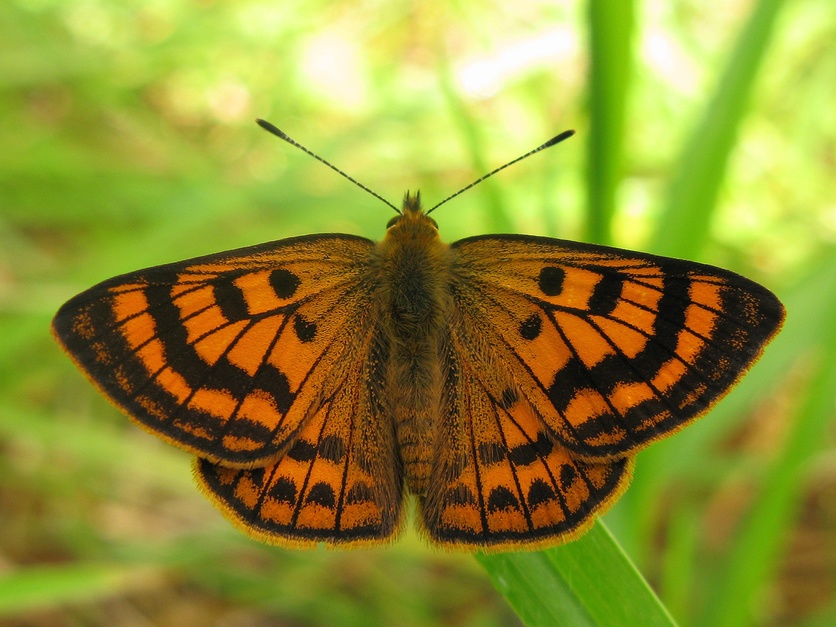This unit plan is designed for students in years 1–5.
When someone mentions the word ‘butterfly’, what image pops into your head? Chances are it’s the monarch or the white butterfly, as these are our most visible butterflies. Almost all of the butterflies in New Zealand are native and most are endemic. Compared to big, colourful species from other countries, our native butterflies are small and secretive.
Our butterfly resources explore our native and introduced butterfly species. It highlights the science behind butterfly life cycles, how moths and butterflies differ and how butterflies defend themselves. Students learn how to become citizen scientists and engage in interesting and authentic research.
The Moths and Butterflies of New Zealand Trust notes that tagging starts in February 2025, and will probably run until May each year when it will be assumed that monarchs are overwintering all over the country.
The learning outcomes of this teacher resource are that students will:
- learn about native and introduced butterflies, their habits and their life cycles
- learn how tagging helps scientists learn more about monarch over-wintering habits
- learn how to tag monarchs and register the details with the Moths and Butterflies of New Zealand Trust.
Students will meet these learning objectives by:
- using the monarch butterfly life cycle interactive to extend both their understanding of the life cycle process and to learn specific scientific vocabulary
- viewing a slideshow presentation on native butterflies to become familiar with their identification, location and habitats
- investigating how butterfly size, habitat and larval food sources affect which butterflies we see in our own locality
- investigating monarch migration and over-wintering habits in New Zealand
- tagging monarchs for research.
Download the unit plan below.
Related unit plan
For a comprehensive unit plan, including both scientific and literacy activities designed for years 6–8, go to Butterflies (upper primary) – unit plan.
This article introduces our butterfly resources.
Useful links
Download the Counting Coppers Unit Plan by Bianca Woyak, Burnside Primary School on the Moths and Butterflies of New Zealand Trust website. It is aimed at levels 2–4 and encourages students to work as citizen scientists to observe and record sightings of copper butterflies and participate in an action project.
For more butterfly information, visit these websites:
- Moths and Butterflies of New Zealand Trust (MBNZT)
- New Zealand Butterfly Information
- Te Ara – the Encyclopedia of New Zealand: Butterflies and moths

